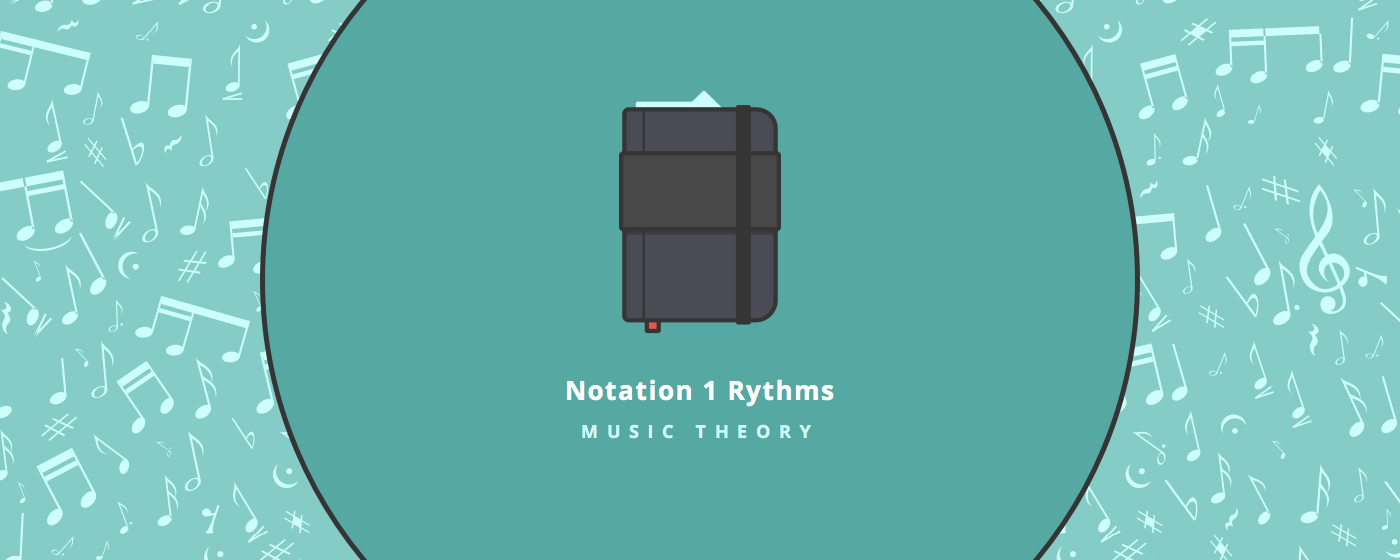Hi,
in this post we will deal with basic rhythm.
Some technical terms you won't use a lot ....

Put your metronome at 60 beats per minute.
By the way, this means that you will hear 60 ticks per minute, in other words, one tick per second.
Usually, (but not always), each tick represents a beat. The beat (also called pulse) is the basic unit to measure length in music.
Now, how to tell to the person reading your music that a note should last for one beat ? or two beats? or half a beat?
This matter belongs to what we call rhythm.
(For the moment, we'll deal with music where quarter note is the basic unit. Later, we'll see that it is not always the case.)
A quarter note gets 1 beat
that is the most common symbol (regarding rhythm)A half note gets 2 beats (thus lasts longer than quarter note)
A whole note gets 4 beats
A eight note gets half a beat
Often, we put together two consecutive eighth notes, belonging to the same beat, by joining them with a beam, instead of having them separated and with their own flags. So in the following example, we have two rhythmic figures : the rhythms are the same, but the notation is different.
For now, you can use this rule: "join two consecutive eight notes". Later, when we will discuss more complex rhythm figures, we will see that this rule does not always apply!
So, now look at the length equivalence:

and, more importantly, listen to it!
It is possible to write beautiful music with those rhythms only. Listen to this kyrie from Missa Papae Marcelli (originally for choir), written by Giovanni Pierluigi da Palestrina. (Palestrina 1525 - Roma 1594).
Sebastian
